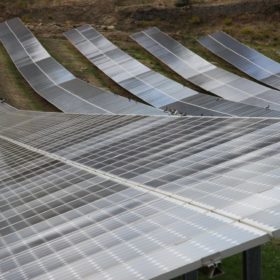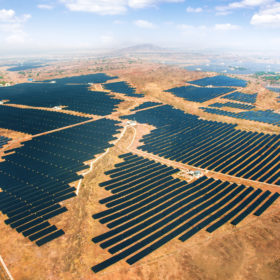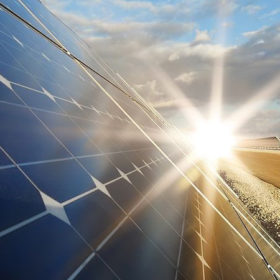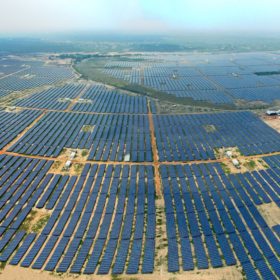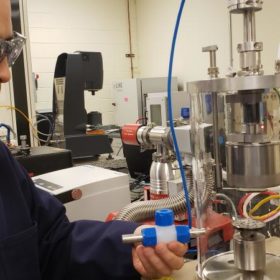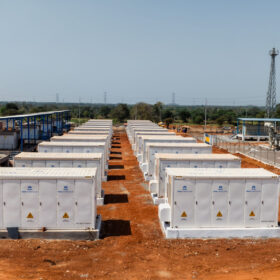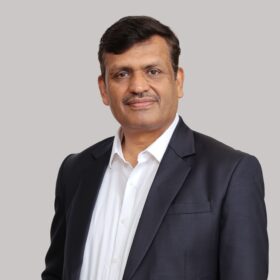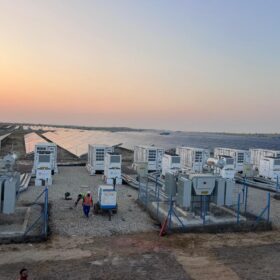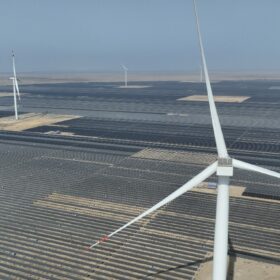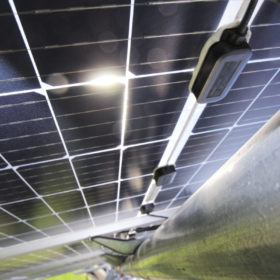India, Denmark to fund joint R&D projects on green hydrogen fuels
The Department of Science & Technology, Government of India, and the Innovation Fund Denmark (IFD) have collaborated to fund Indian and Danish researchers on the joint development of green fuels including green hydrogen.
New poly fabs could head off first-half solar project slowdown
Norwegian analyst Rystad Energy has warned the solar industry could suffer the same effects of rising input prices as onshore wind developers grappling with ever more costly steel, with much hinging on how much solar panel raw material polysilicon can be manufactured.
Rajasthan signs pacts for over 90 GW of renewable energy projects
State-owned power producers THDC India, NTPC, NHPC, and SJVN have committed investments to build 10 GW of renewable energy capacity each. Among private firms, Reliance plans 20 GW and Axis Energy Group 28 GW of solar projects and 4 GW solar module manufacturing facility.
Solar manufacturers request early allocation of INR 19,500 crore boost to PLI Scheme
All stakeholders are expecting the Indian Renewable Energy Development Agency Limited (IREDA) to expedite and issue letters of award to balance companies that have bid under the production-linked incentive (PLI) scheme for solar. Most players have already acquired land and some have even done the land development work and basic construction in anticipation of the award pending for the last three months.
Tapping the off-grid solar market in India
Ashutosh Verma, founder of solar appliance manufacturing company Exalta India, says the key to increasing the uptake of solar products in rural areas lies in improving the access to finance, infrastructure to retain the technology, and awareness on usage.
SJVN targets 10 GW of solar projects in Rajasthan over five years
The State-owned hydropower producer has proposed an investment of INR 50,000 crore (around US$6,683 million) to develop 10 GW of solar power projects in the State in the next five years.
Additional PLI funds will push solar sector to achieve 2030 target
India should not just rely on solar equipment imports but also promote domestic manufacturing to ensure an uninterrupted march to its 280 GW target of installed solar power capacity by 2030. The budgetary allocation of an extra INR19,500 crore (US$2,602 million) to the production-linked incentive scheme for solar provides the much-needed impetus for domestic production, say GlobalData analysts.
Virescent Renewable Energy Trust raises INR 650 crore via domestic bonds
The investors included domestic financial institutions India Infrastructure Finance Company Limited and Aseem Infrastructure Finance Limited. Virescent shall use the proceeds primarily to fund solar asset acquisitions related debt requirements.
Adani Green Energy raises INR 612 crore for debt refinancing
The developer’s three arms, which collectively have 930 MW of operational solar power projects, have raised INR 612.30 crore (US$81.96 million) through their maiden domestic bond issuance. The proceeds will be utilized to part-refinance existing rupee term loan bearing higher interest cost.
Cobalt-free, solid-state, lithium-ion battery plant opens in Silicon Valley
U.S-based solid-state battery start-up Sparks has opened a pilot plant for its patented lithium battery technology based on zero cobalt cathodes. The company wants to challenge China’s dominance in next-gen battery development.

